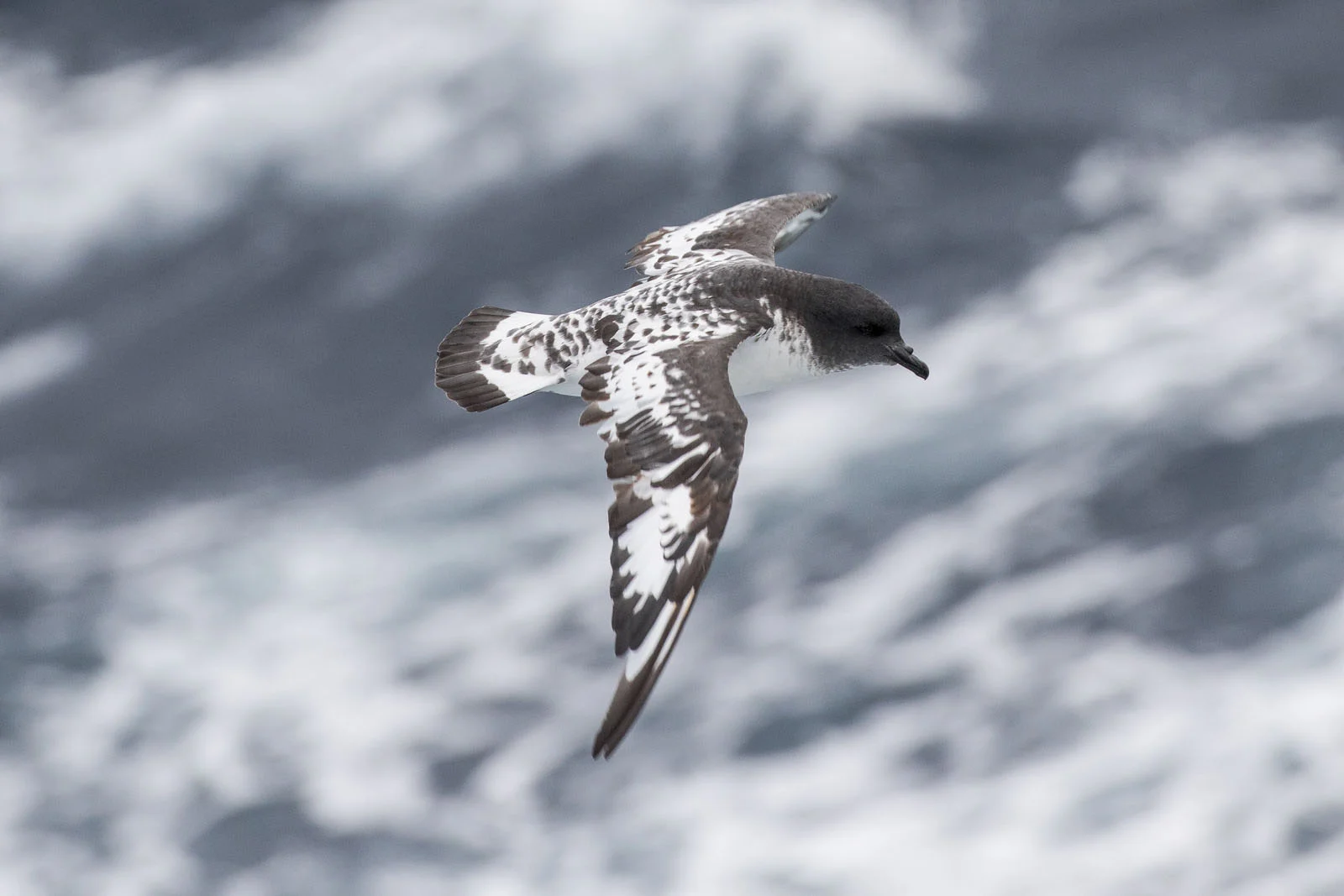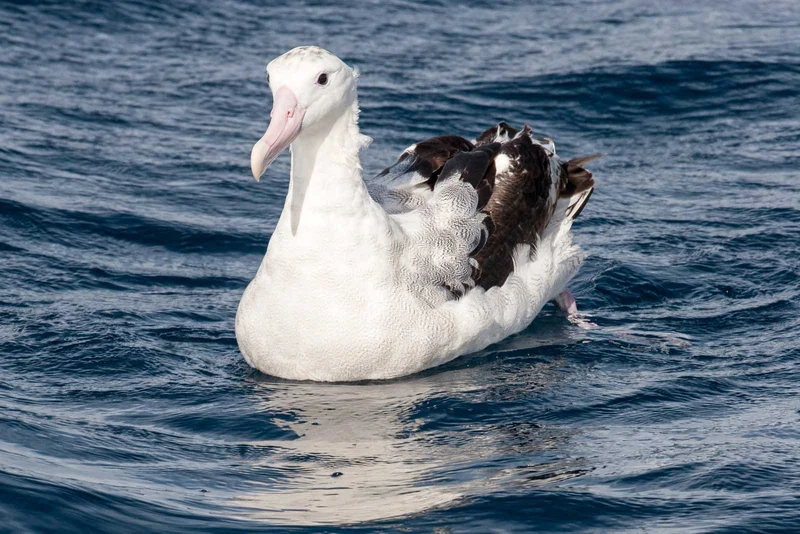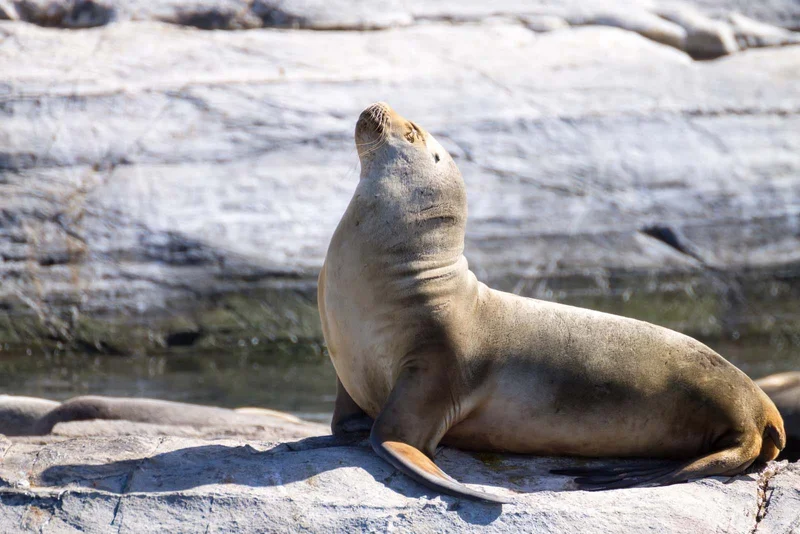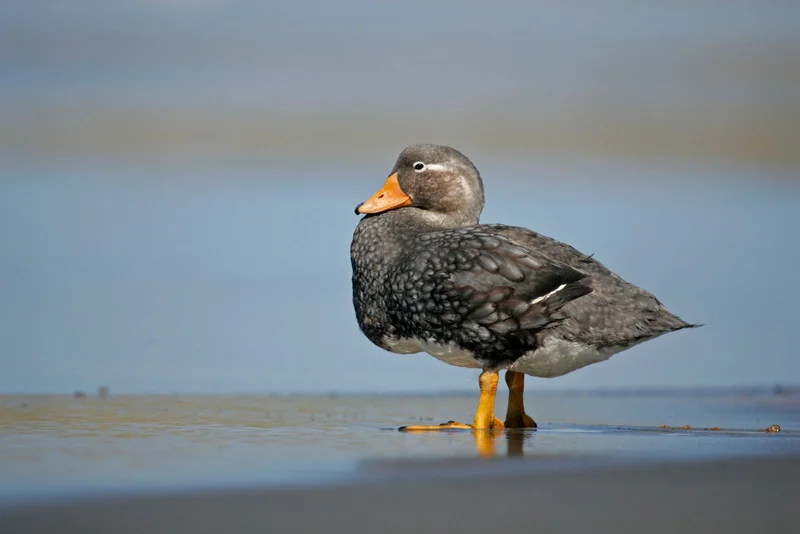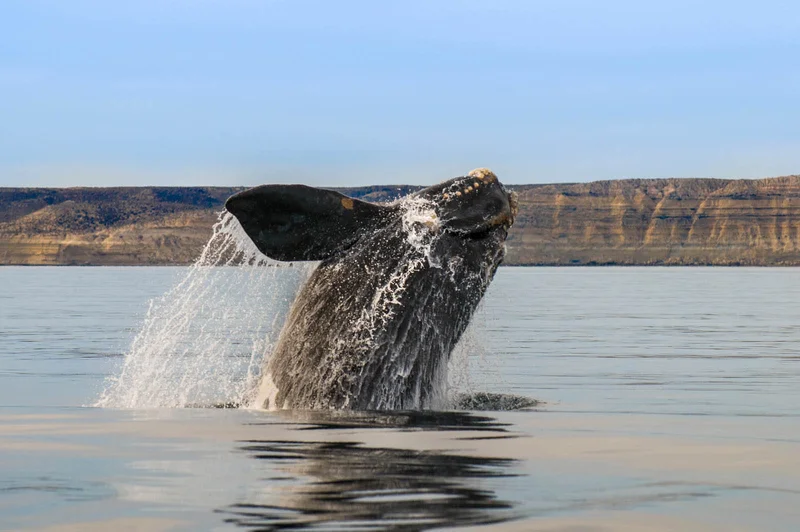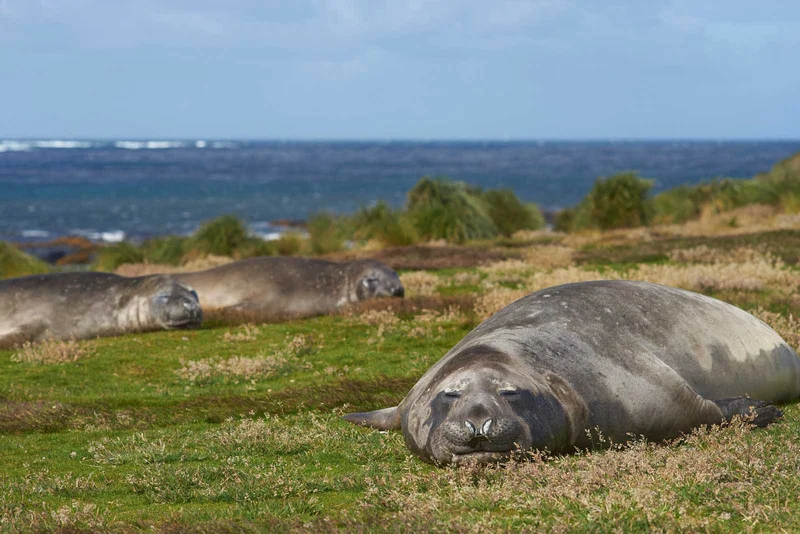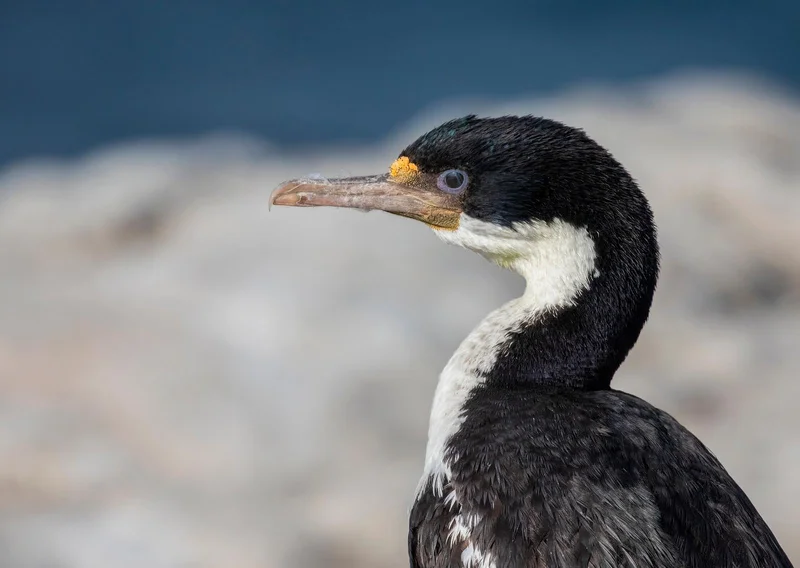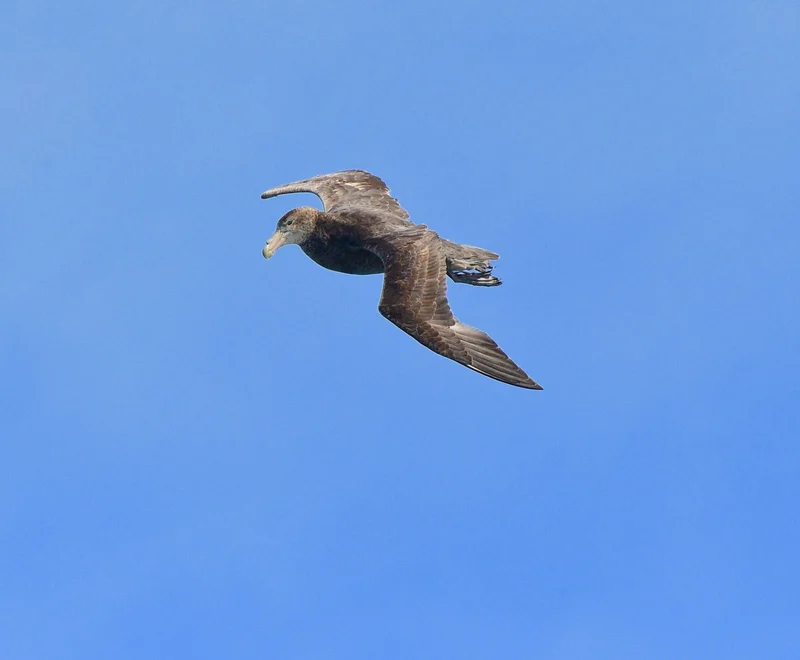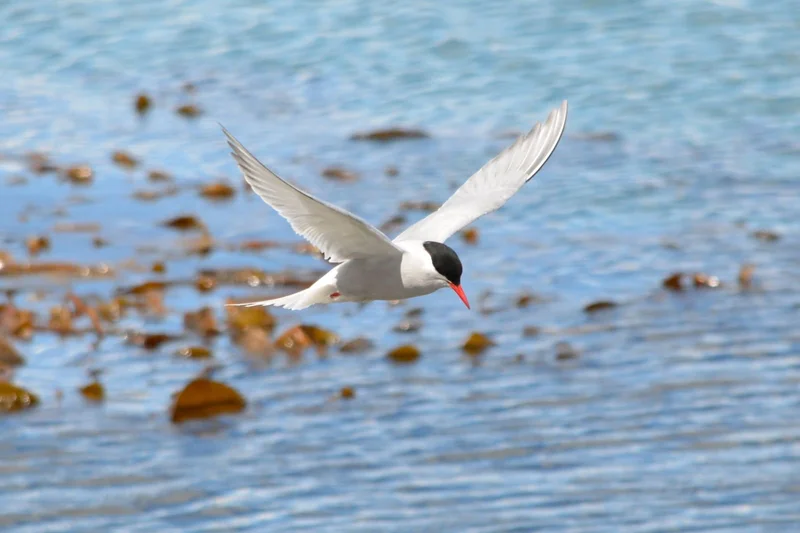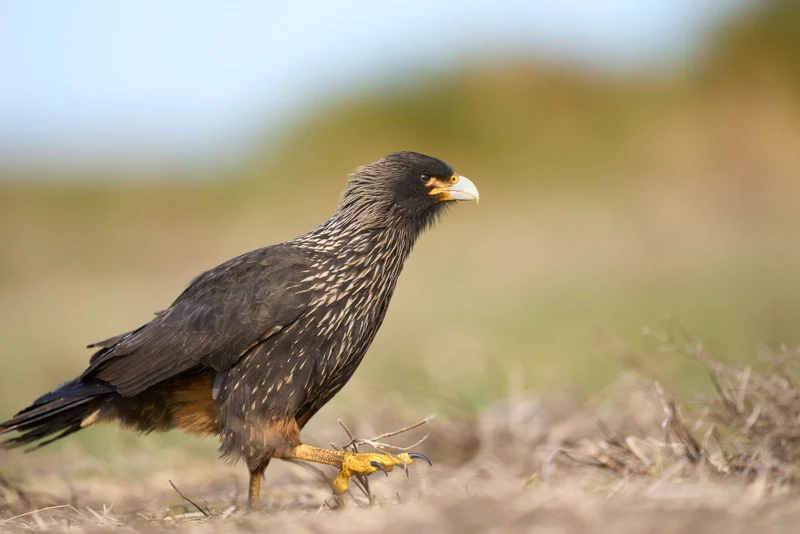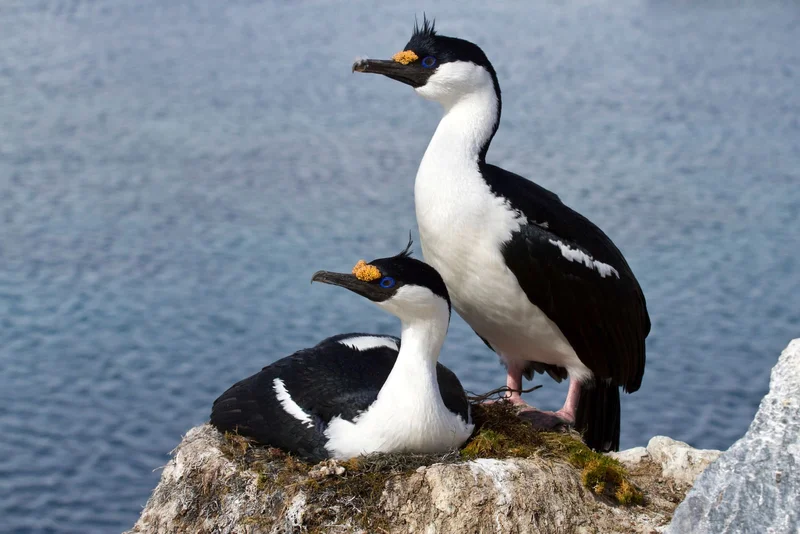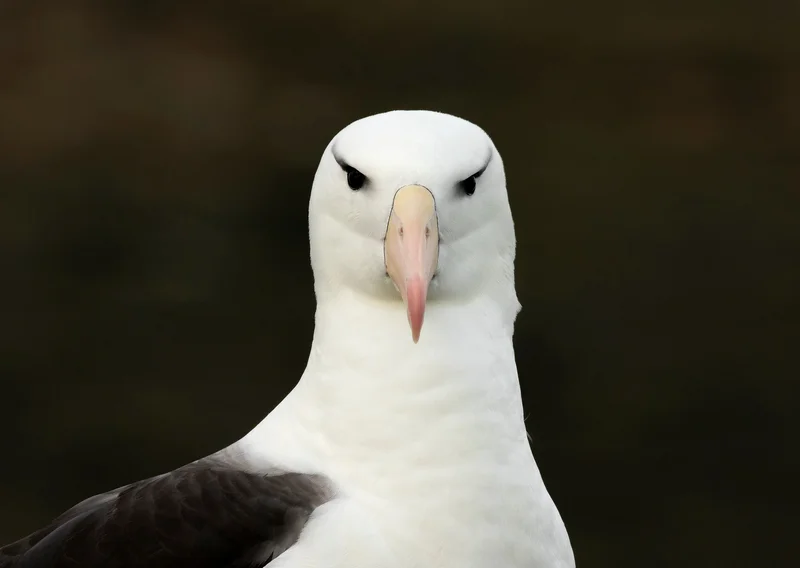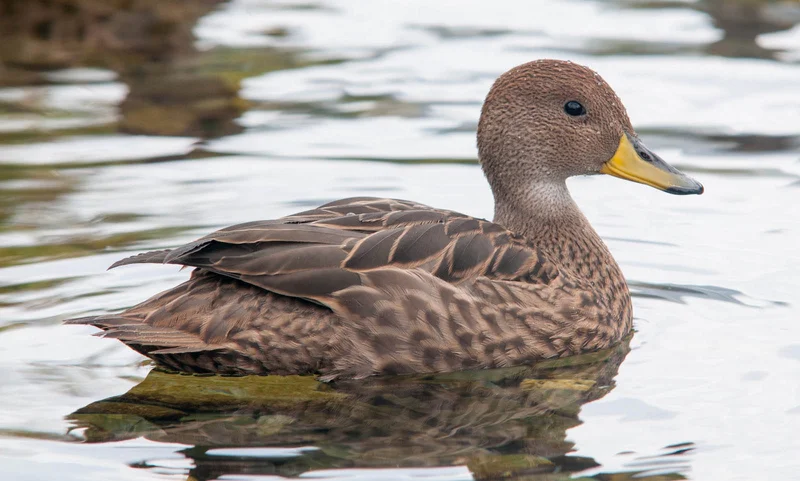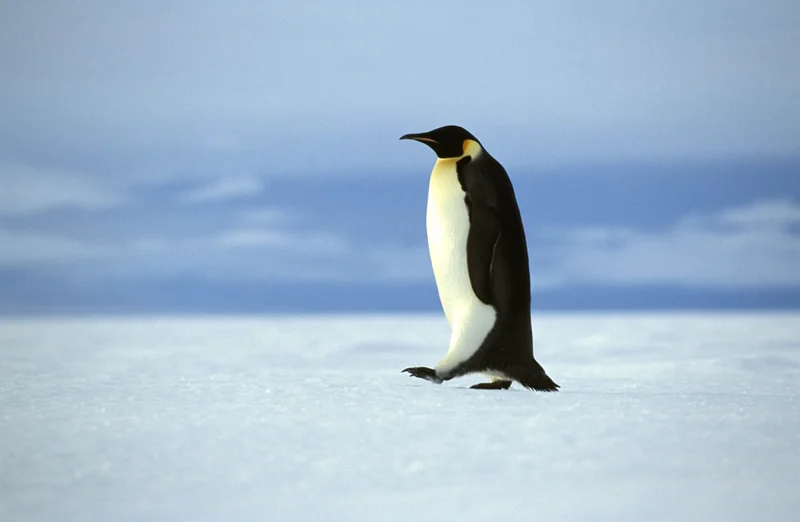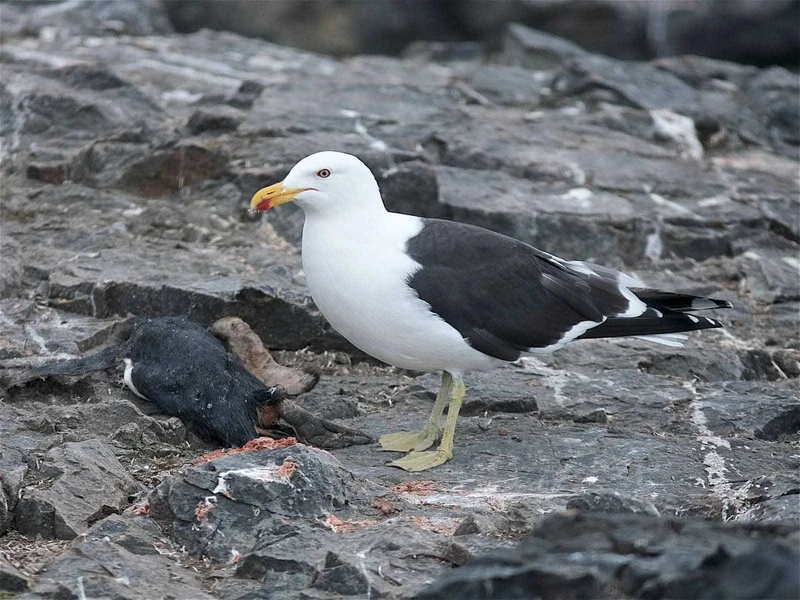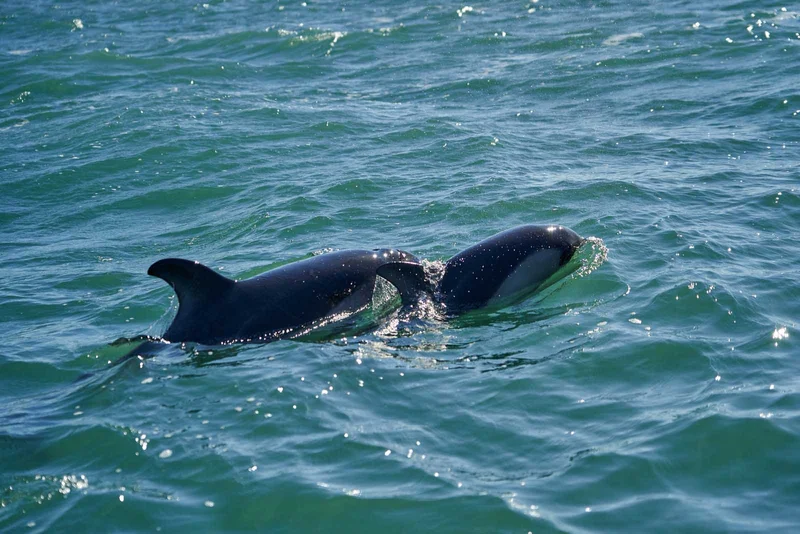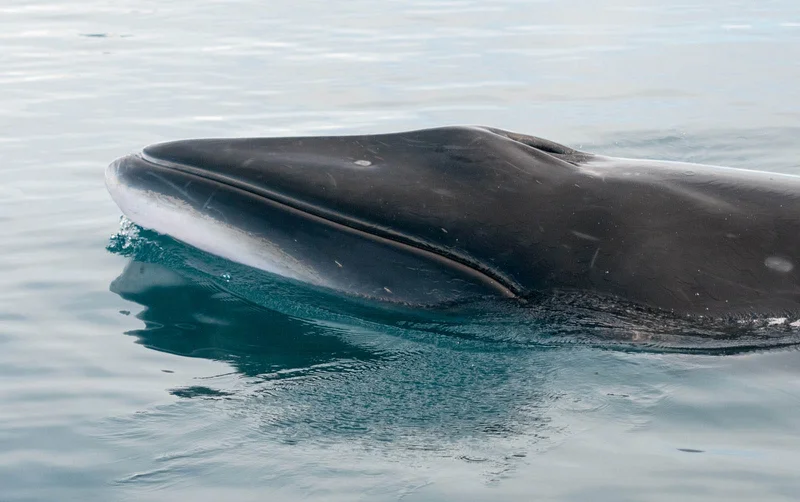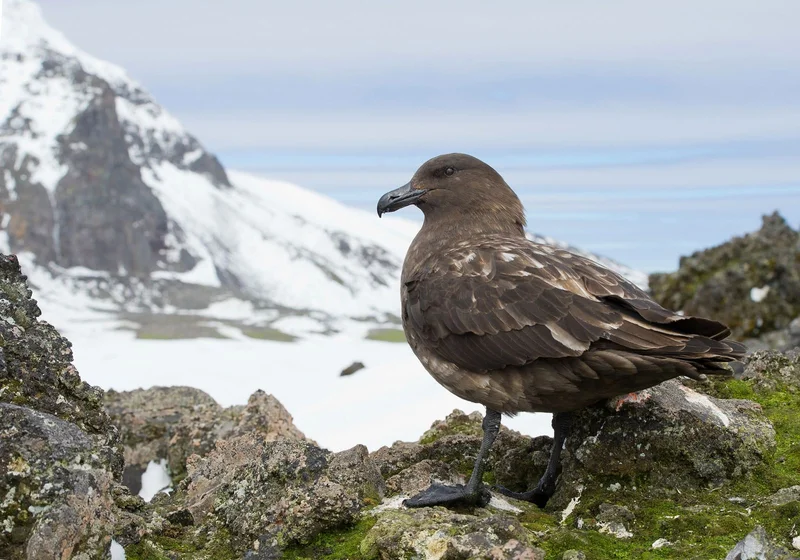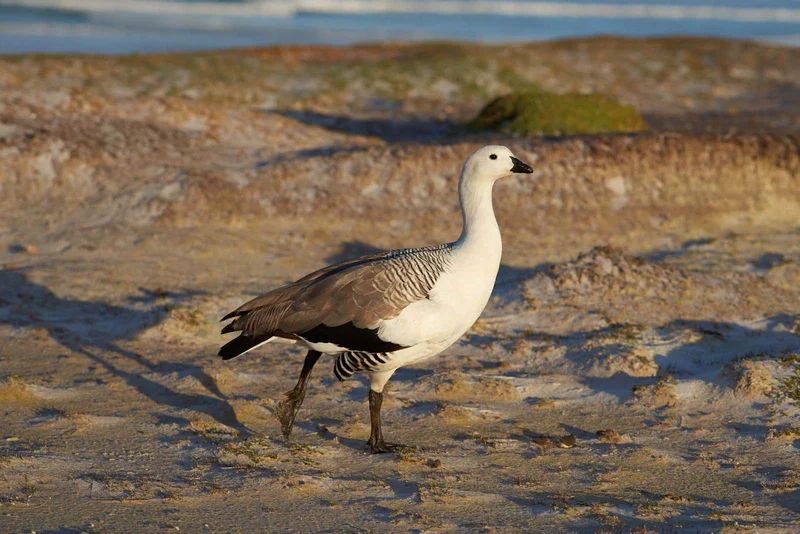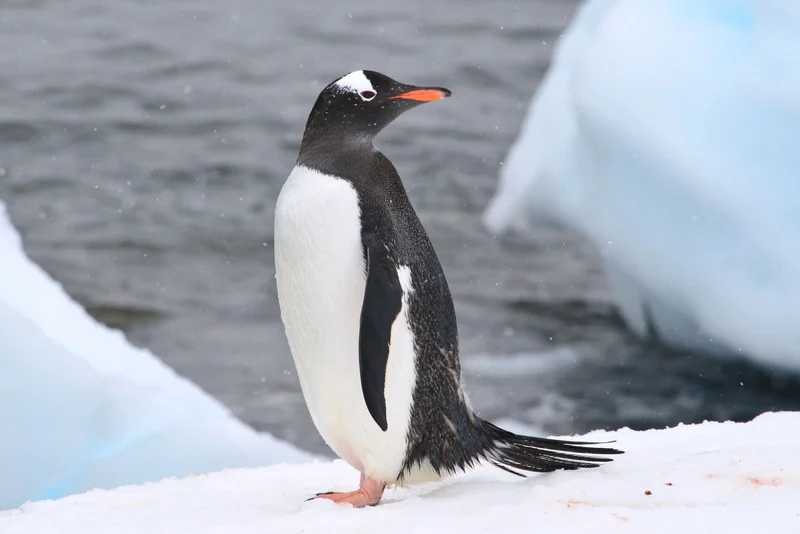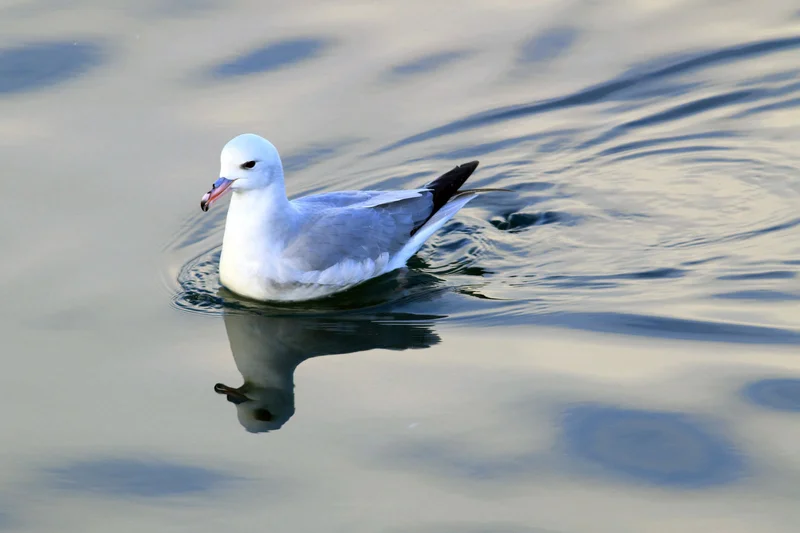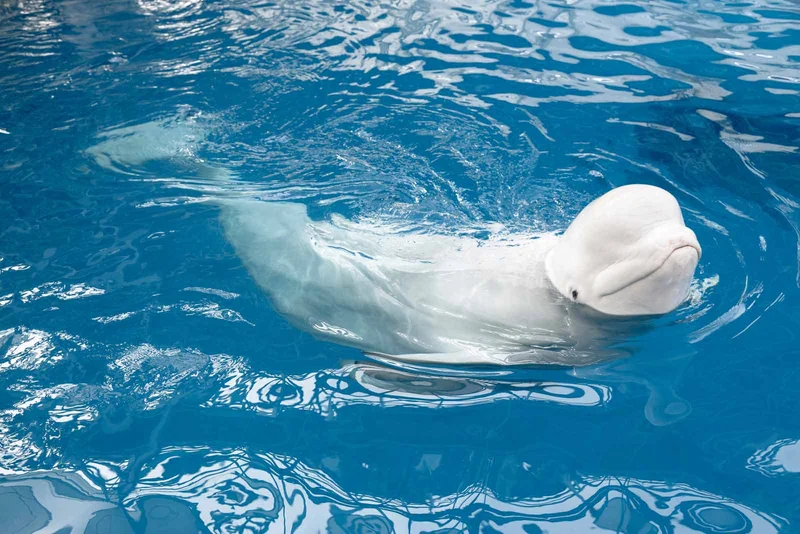Essential Cape Petrel Information
The Cape Petrel, also known as the Pintado Petrel or Cape Fulmar, is a striking seabird frequently seen across the Southern oceans and Antarctica. Their diet primarily consists of krill, which they catch by scooping from the water's surface or diving. Cape Petrels are known for their playful habit of following ships, especially those in the Antarctic region, giving travelers a fantastic opportunity to observe them up close.
Physical Characteristics
Cape Petrels are easily recognizable due to their unique coloring. Their upper wings and back feathers are speckled black and white, while their head is black, and their belly and breast feathers are white. This distinct pattern makes them stand out among other seabirds in the region.
Behavior and Habitat
Cape Petrels are commonly seen following ships, taking advantage of plankton stirred up in the wake or looking for discarded food. Historically, they followed whalers and sealers and now often follow fishing vessels. They nest in colonies on cliffs or flat ground, laying eggs in November on islands throughout the Southern Ocean and the Antarctic Peninsula. If threatened, Cape Petrels can spit a foul-smelling stomach oil to deter predators.
Feeding Habits
Krill makes up a significant portion of the Cape Petrel's diet, but they also consume plankton. These birds are often spotted feeding close to shore, even coming near guests standing in the water during beach landings.
Interesting Facts
- Ship Followers: Cape Petrels frequently follow ships, sometimes just for fun, providing close-up views to travelers.
- Unique Defense: When threatened, they spit a stomach oil to ward off predators.
- Close Encounters: They feed near the shore, often coming close to guests during Antarctic beach landings.
